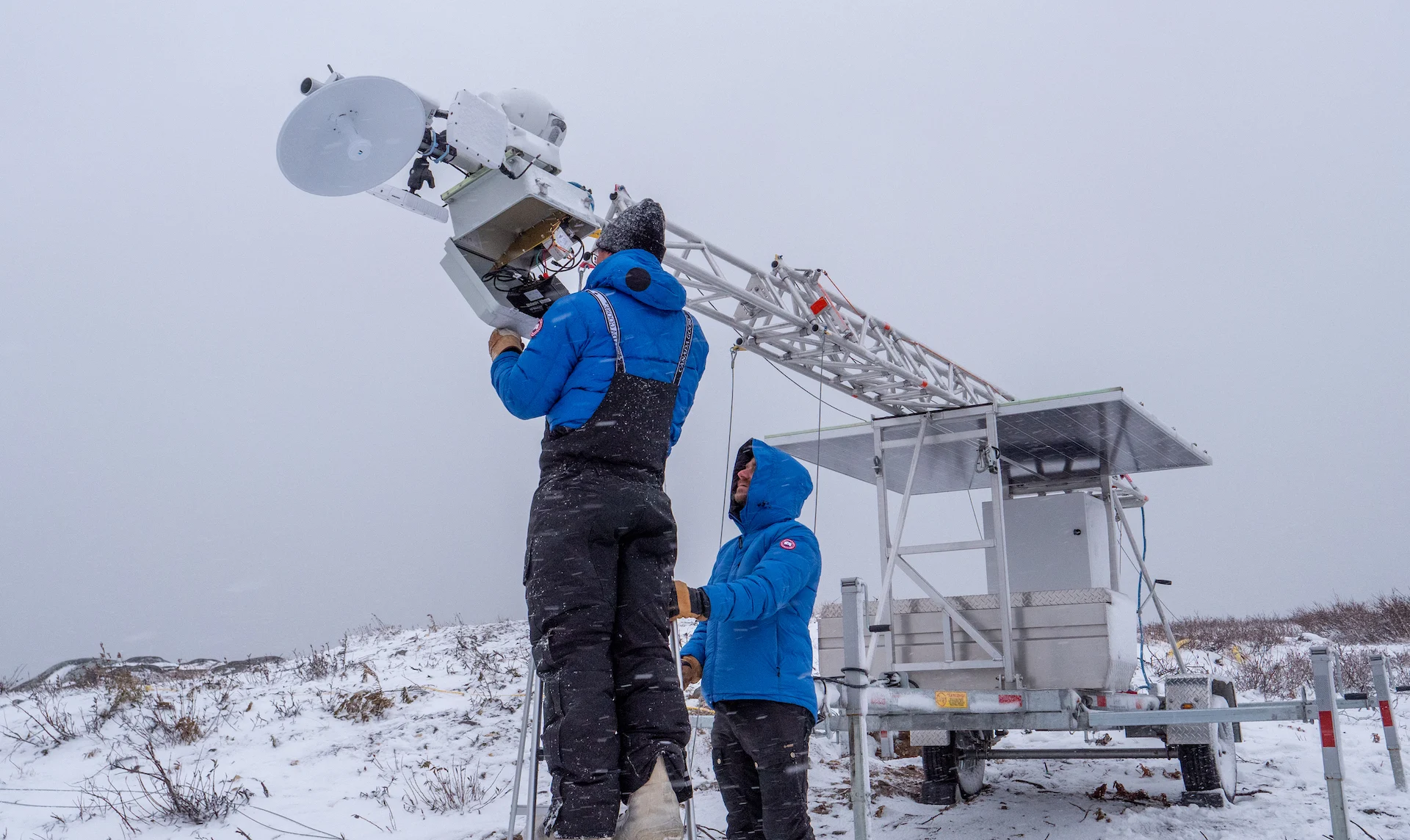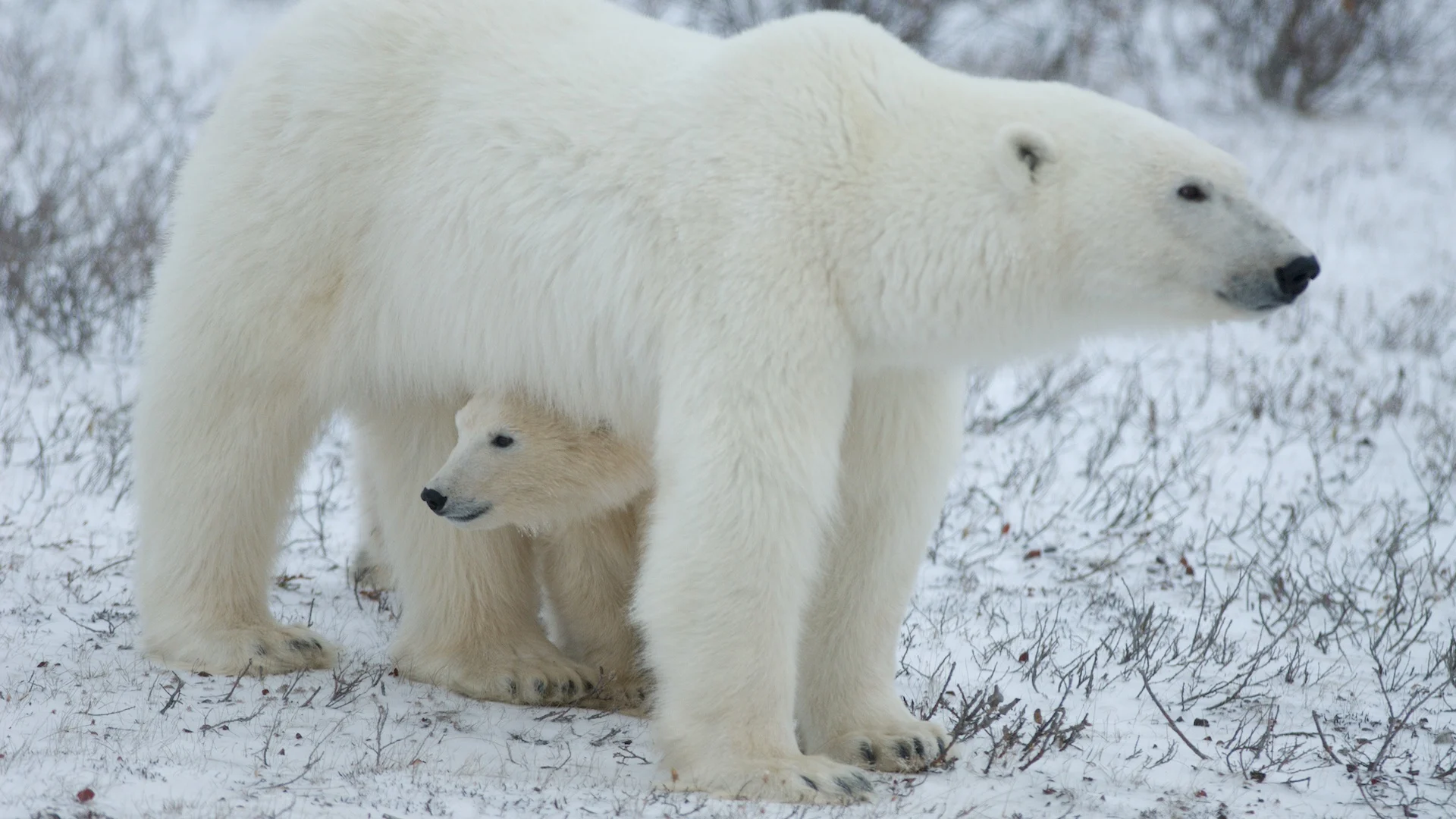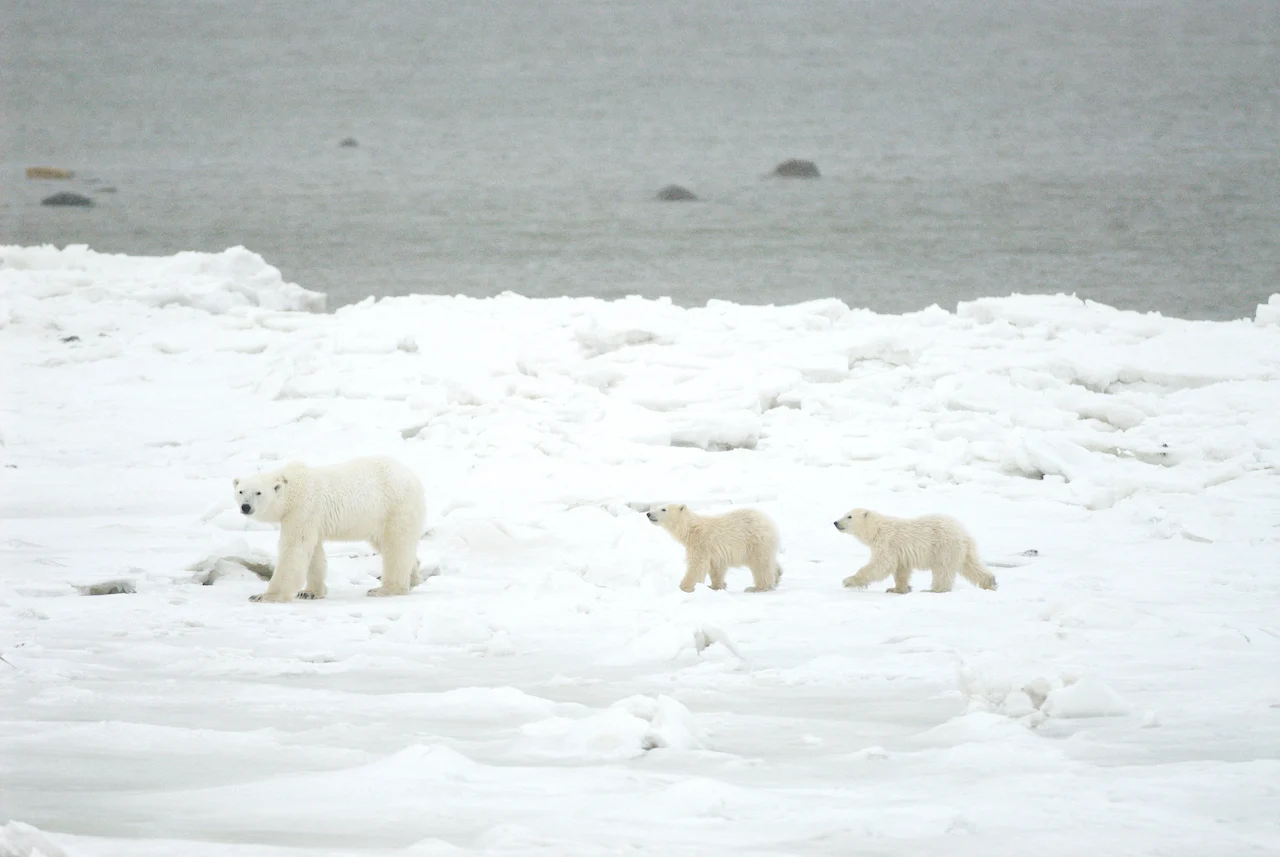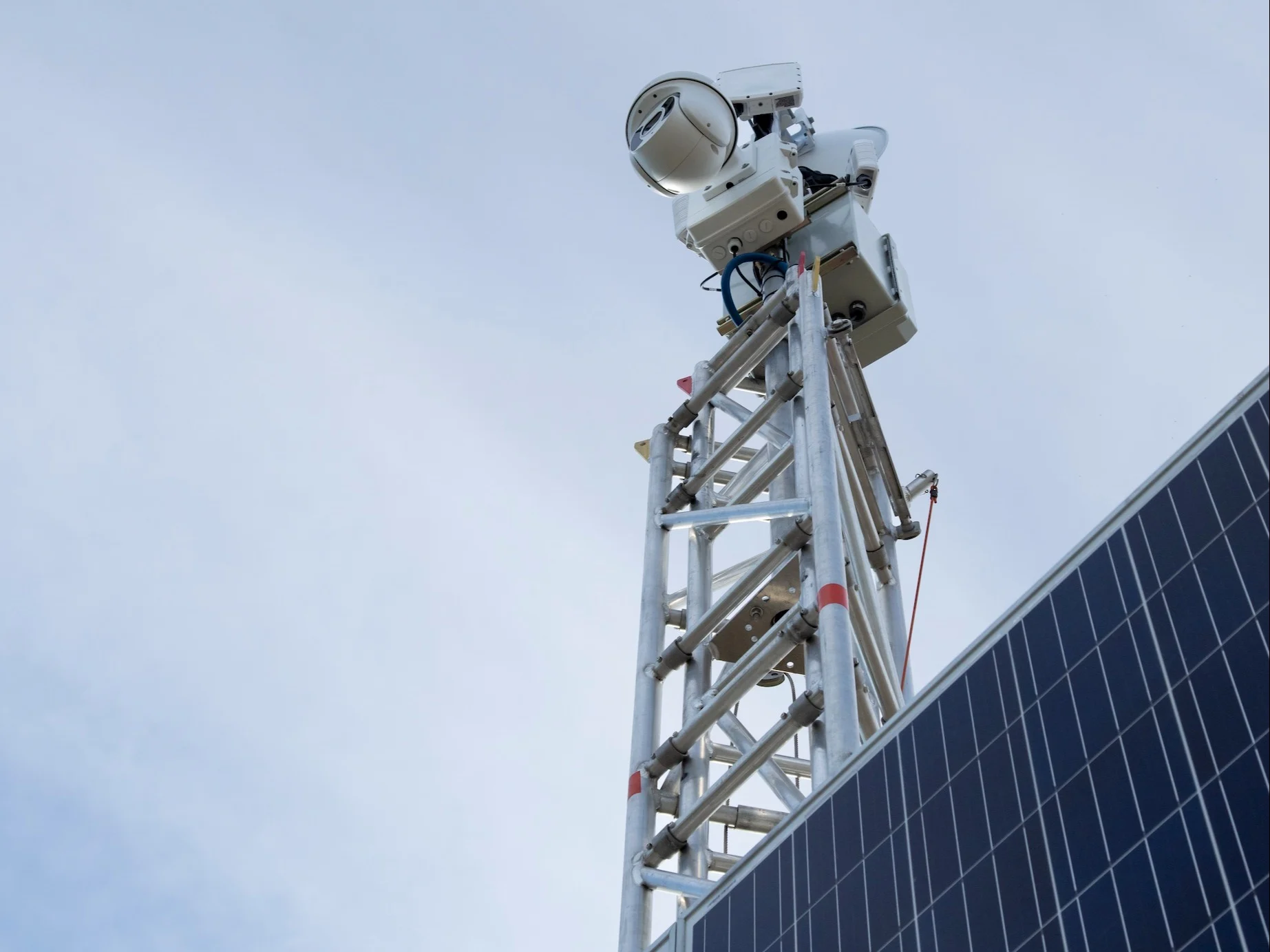
'Bear-dar' uses AI to protect communities and polar bears
Known as the polar bear capital of the world, Churchill, Man., has a unique problem with the Arctic animal. However, artificial intelligence is now lending a hand to protect polar bears and humans
Artificial intelligence (AI) is stepping in to ensure the safety of polar bears and communities amid concerns over the number of human-wildlife conflicts in parts of Canada.
Polar Bears International (PBI) is in its final year of instructing an AI radar system, dubbed Bear-dar, to detect bears and alert communities around the clock. PBI is trying to determine if it can be trained to recognize polar bears and warn residents of nearby animals, giving them time to respond so both remain safe from harm.
DON'T MISS: What role can AI play in helping vulnerable species and habitats?
The project was among the initiatives PBI highlighted during Polar Bear Week, which took place from Oct. 29 until Nov. 4. The event is held annually to celebrate the Arctic, raise global awareness about polar bears and their changing environment, advance coexistence initiatives, and inspire action for a better future for polar bears and people.
Churchill, Man., is known as the polar bear capital of the world.
In an interview with Rachel Schoutsen, morning show host and journalist at The Weather Network, Geoff York, PBI senior director of research and policy, called Churchill the "best place in the world" to view and study polar bears, thanks to the melting sea ice.

(BJ Kirschhoffer/Submitted to The Weather Network)
"Every summer in Hudson Bay, all of the sea ice melts. As a result, all of the polar bears in that region come onshore," said York. "So, they're accessible both to scientists and to people wanting to see them in the wild," said York.
Polar bears become more active in the fall, roaming increases as they look for food
With temperatures continuing to drop as the fall progresses, the cooling trend is a "cue" for the polar bears to become more active, York said. Most of the bears that came ashore in July haven't had much to eat, so they're "quite hungry."
"As the temperatures start to cool, we get that nice autumn shift in weather. That is a cue to these bears to become active again, to start heading up closer to the coast if they're inland, and to wait for the formation of sea ice that historically came back in October," said York. "These days, it comes back quite a bit later."
The other part of the situation is when the bears become more active, they become more curious, as well, and are more likely to approach camps or communities as they seek out food sources, York noted.

(BJ Kirschhoffer/Submitted to The Weather Network)
"And that's where we start to get into issues around living with bears," said York.
SEE ALSO: Churchill aims to be the world’s first “polar bear safe community”
Bear-dar could be ready for deployment this year
PBI is jointly working with the University of Alberta to modify the system’s AI to review its success in distinguishing polar bears from other wildlife. The organization will evaluate the performance of the technology over the last two seasons with partners and then publish a paper on its findings.
After testing is complete, the current plan is to make Bear-dar available to utilize by government partners in 2024, according to the polar bear organization.
York said the group is attempting to adapt technology originally earmarked for military and security purposes as a way to detect people and "hard objects moving around on the landscape."

(Erinn Hermsen/Submitted to The Weather Network)
"Polar bears are very different and challenging radar targets, as it turns out, because of all that soft fur. They're large. But the radar sees the softness more than the size," said York.
When looking at different detection methods, it boils down to incorporating artificial intelligence to differentiate between a polar bear and a person, or other animals such as moose and Arctic foxes, the PBI senior director said.
"So, the second part is a lot more challenging. And that's what we're hoping to dig into a little bit more this fall," said York.
The system, in its current form, will alert an operator who will then use a device to open the notification to see where the animal is with a precise GPS location, so the polar bear sighting can then be verified, York said.
"We're testing radar and its ability to track polar bears, to detect them in the dark and to detect them in times of low visibility. We're hoping that this will be an additional tool for conservation officers and others charged with keeping the community safe," said York.
Polar Bear Alert Program another valuable program
Aside from Bear-dar, PBI is looking at other tools and techniques it can add to the "toolbox for the people who are charged with keeping the community safe," York said.
"Manitoba has long been a leader in coexistence, primarily with [its] long-running Polar Bear Alert Program that's funded by the province to protect community members visiting workers and visiting tourists," said York.

(BJ Kirschhoffer/Submitted to The Weather Network)
The Polar Bear Alert Program relies on people visually spotting polar bears and then relaying those observations to the alerting team.
It also operates a 24-hour hotline from August to November, a critical tool for residents and tourists to report polar bears, especially if they make it into downtown Churchill.
"It relies on that team of professionals cruising around the community and looking for bears on the landscape. It's challenged at nighttime, and it's challenged in periods of low visibility," said York. "We started to look at what else we could add to help augment what's already being done there. That's where we turn to radar as an initial, potential tool."
Churchill ensures the bears and community is safe
Mike Spence, mayor of Churchill, Man., told Schoutsen in a recent interview that the town received a lot of polar bear calls in the summer and early fall, alerting officials on animals that wandered into the community or were just on the edges of it.

(Kt Miller/Submitted to The Weather Network)
"Our community [has] been dubbed the polar bear capital of the world. It's been some time now. We've done, I think, a very remarkable job of the whole coexistence factor, in terms of making sure that bears are safe [and] the community is safe," said Spence.
WATCH: Can polar bears fight off climate change by eating reindeer?
Thumbnail courtesy of Kieran-McIver.
Follow Nathan Howes on the X platform, formerly known as Twitter.










